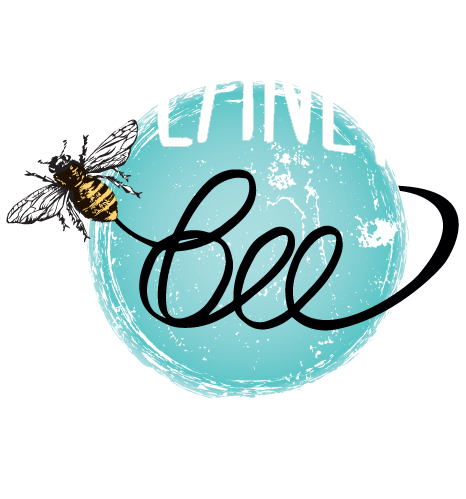The Progression of the Hive: Middle Ages to the Industrial Revolution
- Planet Bee Foundation

- Mar 10, 2022
- 2 min read

Welcome back to another installment of “The Progression of the Hive!” This week, we will be delving into the building of beehives in the Middle Ages onward, particularly focusing in on the tail end of this time period and ending with the Industrial Revolution.
In ancient times, beehives were not built to be opened, preventing beekeepers from checking in on their colonies. In the 1500 and 1600s, the Greeks began to build removable tops so beekeepers could monitor the health of the bees. They used ceramics and thick straw - sometimes resorting to woven baskets - to build the body of the beehive. Then, the Greeks added removable honeycomb top bars, which not only made it easier to monitor the bees, but also remove the honey. The bees could happily buzz about without having to be squeezed for human comfort! Quite the good step forward.

Another innovative, yet rather inefficient, method of beekeeping came about in the 1700s in various locations across Eastern Europe. Log gums - hollow logs with a makeshift, fitted roof - were used as rudimentary beehives. This narrow space allowed for the bees to attach honeycomb to the inner walls, however, the log’s limitations made it hard for beekeepers to extract the honey or inspect the hive. Log gums proved to be rather difficult, as this method easily agitated the bees and occasionally wounded the beekeeper. Despite modernization, both straw skeps and log gums are still used today, although infrequently.

The beginnings of the modern beehive came about in 1838, when Polish apiarist Johann Dzierzon built the first movable-comb beehive which allowed for “manipulation of individual honeycombs without destroying the structure of the hive.” Many consider Dzierzon the father of beekeeping thanks to his invention. He introduced grooves into the side walls and added strips of wood for moving top bars. This gave the bees more space to roam and allowed for a safe honey extraction process. Much of what he introduced is still seen in beehives today.
Buzz over to the blog page again next week to read about the progression of the hive into the 20th century! As always, bee well.



